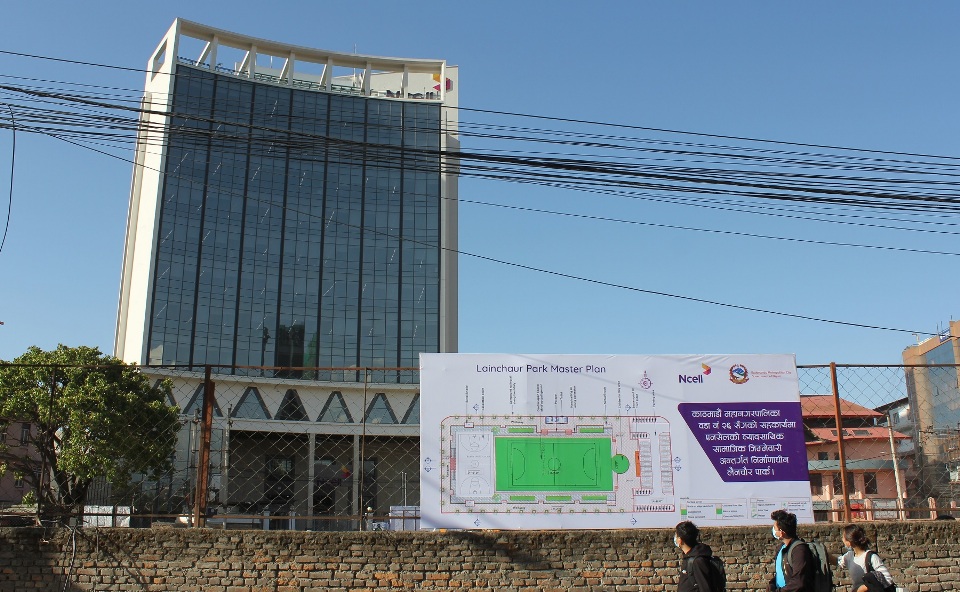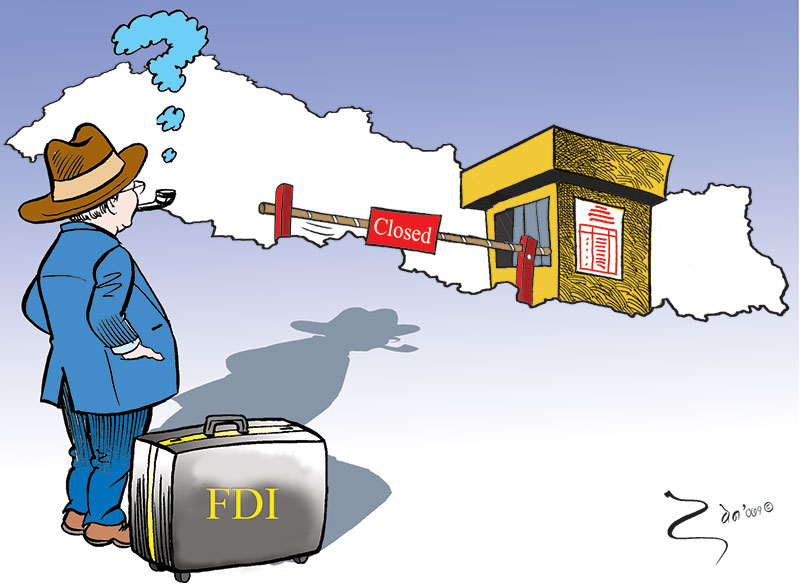
OR
Banks look for reducing interest rates further citing excessive loanable funds with them
Published On: January 10, 2024 10:00 AM NPT By: Republica | @RepublicaNepal

CD ratio of banks falls below 80 percent while NRB maintains ceiling of 90 percent
KATHMANDU, Jan 10: The credit-deposit (CD) ratio of banks and financial institutions (BFIs) have fallen below 80 percent due to slow increase in lending compared to the excessive rise in deposit collection.
According to the records with Nepal Rastra Bank (NRB), the CD Ratio of the BFIs stood at 79.94 percent as of Sunday. The central bank has maintained the ceiling of 90 percent of the CD Ratio for the BFIs to provide loans to their clients.
Of late, the banks have been receiving a good amount of deposits while they are unable to issue loans in a notable amount due to a number of reasons. “Although the lending increased to some extent in the past six months, it is far less in proportion to deposit collection,” said Prakash Shrestha, executive director of the NRB.
Until the end of the fiscal year 2022/23, many banks were found crossing the threshold of CD Ratio maintained by NRB. Citing the shortage of loanable funds, both the government and the central bank were forced to implement a number of measures to ease the liquidity position with the BFIs.
After an extensive growth in the surplus amount of the loanable fund, the BFIs have already reduced their interest rates on fixed deposits to a single digit from over 13 percent during the period. According to bankers, the BFIs are reducing their interest rates on deposits further from January 15.
Bankers said the slow demand for loans along with the increasing bad debts have resulted in pretty low lending by the BFIs. “Investors are in a wait and watch mode to take new loans whereas the banks are focusing on recovering their bad debts rather than facilitating loan issuance,” said a banker.
Of late, banks have been facing more challenges to recover increasing bad debts which has been attributed to the economic slowdown at present. Due to this reason, banks’ profit has declined by an average of 28 percent while the return on equity has also gone down to 8 percent from more than 20 percent a decade ago.
According to bankers, the lending capacity of the BFIs has also been affected as they have been struggling to maintain the mandatory capital adequacy ratio mandated by the NRB. The central bank has asked the BFIs to maintain a minimum of 11.5 percent of their risk weighted assets in the capital adequacy fund.
“Pressure to recover bad debts and payment of unanticipated tax amount to the government for merger and acquisition has affected the banks’ capacity to maintain necessary amounts of the capital adequacy fund,” the banker said. After the Supreme Court ordered the BFIs to settle income tax on their profits and dividends on merger and acquisition, the BFIs last month paid the government Rs 12.5 billion on the heading.
You May Like This

Cooperatives struggle to recover loans taken by their BoDs: NEFSCUN
KATHMANDU, March 7: At a time when banks and financial institutions (BFIs) have been struggling to recover their loan amount,... Read More...

Govt fixes interest rate charged by cooperatives at 16 percent
KATHMANDU, Aug 2: The government has fixed the ceiling of interest rate charged by the cooperatives at 16 percent, informed... Read More...




Just In
- T-20 series: Nepal playing second match against West Indies ‘A’ today
- Investing in Nepal: Challenges and Opportunities
- ‘Nepal should focus on ease and speed of doing business’
- Nepal received FDI of Rs 270 billion in the past three decades
- A Modest Call for a ‘Nepali-First Strategy’
- Nepal Investment Summit 2024: Private Sector's Voice
- Vote counting in Ilam-2 and Bajhang-1(a) to begin today
- Nepal Investment Summit-2024 kicks off today






-1200x560-wm_20240427144118.jpg)







Leave A Comment